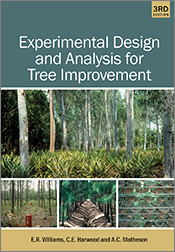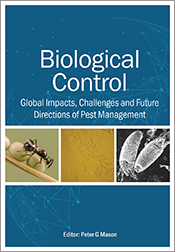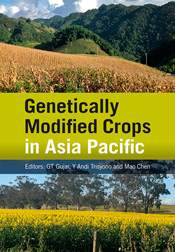Spray Drift Management

Principles, Strategies and Supporting Information
Primary Industries Report Series By: Primary Industries Standing CommitteeAssists chemical users develop spray drift management strategies.
Spray Drift Management focuses on managing the risks associated with pesticide spray application, in particular, spray drift onto non-target areas. Designed to assist chemical users and primary industry sectors to develop spray drift management strategies, this is essential reading for landowners, spray contractors and operators, growers, government agencies and consultants. + Full description
Spray Drift Management is designed to assist chemical users develop spray drift management strategies that address the specific nature of the pest problem and the climatic and geographic characteristics of the region involved.
The comprehensive nature of the supporting information makes it a useful tool for developing education and training programs and is a useful reference for policy makers.
The Australian Commonwealth and State/Territory governments created several new Ministerial Councils from the amalgamation and redirection of the work of several existing Councils. These changes saw the winding up of ARMCANZ (and SCARM) and the establishment of a new Council, the Primary Industries Ministerial Council, its primary source of advice will flow from a committee of senior officials, the Primary Industries Standing Committee (PISC).
- Short descriptionDetails
PDF | October 2002 |ISBN: 9780643069138 | 82 pages
Publisher: CSIRO Publishing
Illustrations
Features
- Provides a guide to the minimum standard of planning that everyone involved in chemical application should aim to attain.
- Draws together the current scientific and technical information on the causes of chemical spray drift and looks at ways to reduce it. To date, such information has been difficult to access in a single and simple to understand document.
Contents
Preface
1. Principles and strategies
Introduction
1.1. Property management planning
1.2. Establishment of buffer zones
1.3. Communication
1.4. Safe practices and personal protective equipment
1.5. Weather
1.6. Spray application technology
1.7. Training
1.8. Record-keeping
2. Supporting information
2.1. Property management planning
2.2. Establishment of buffer zones
2.3. Communication
2.4. Safe practices and personal protective equipment
2.5. Weather
2.6. Spray application technology
2.7. Training
2.8. Record-keeping
3. Operational planning
3.1. Developing an operational plan
4. List of references
Acronyms and abbreviations






